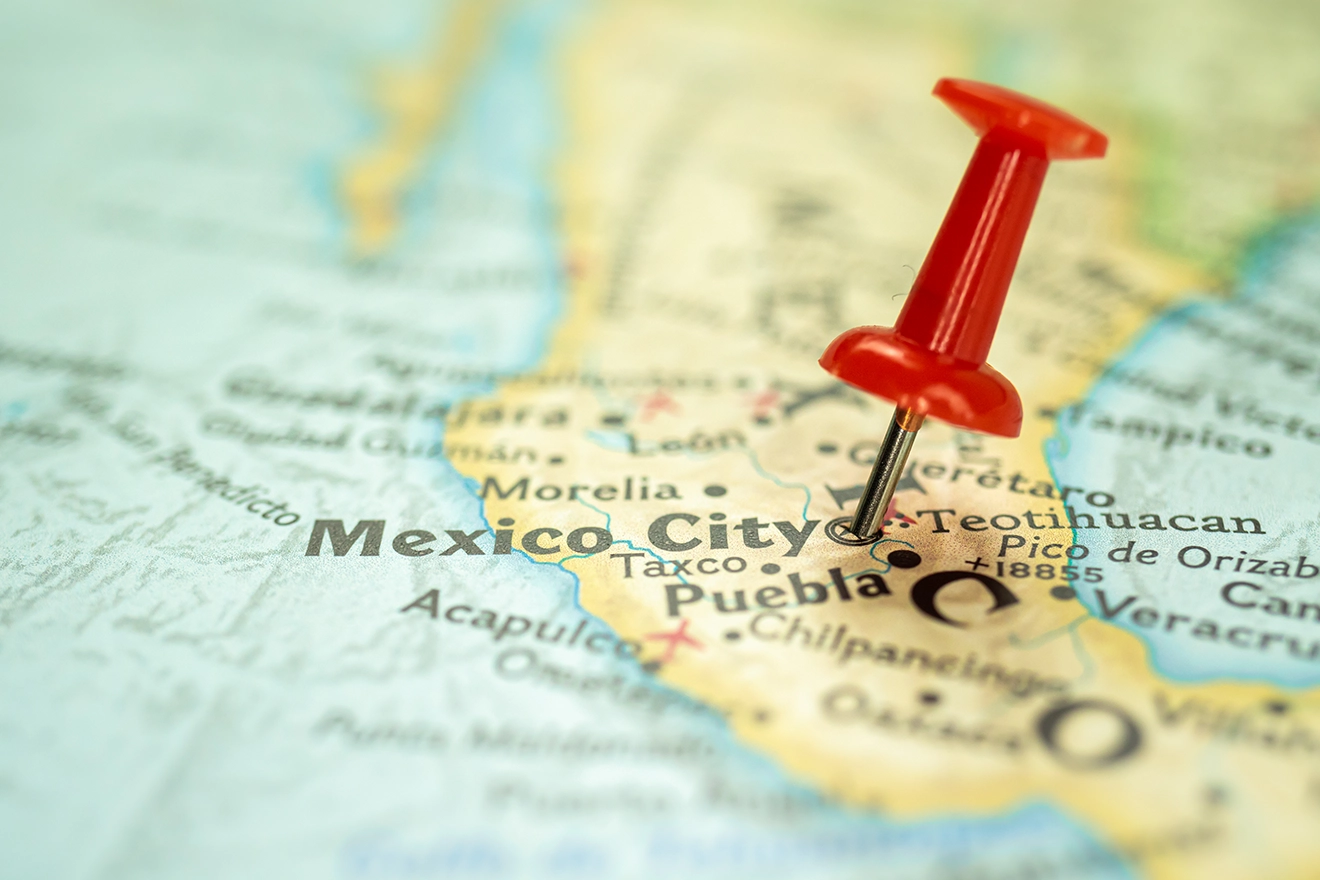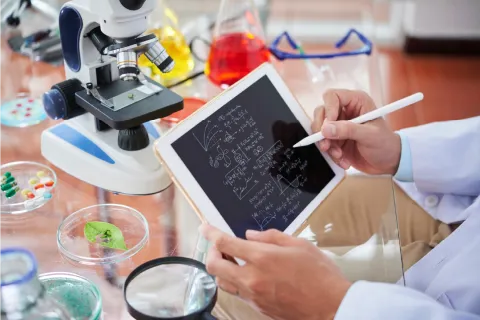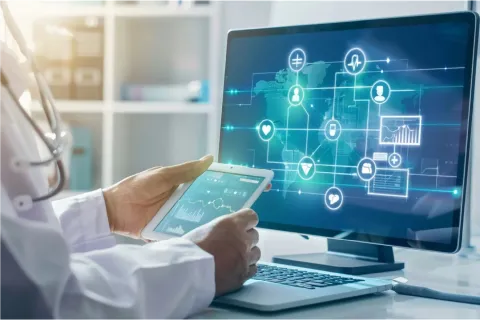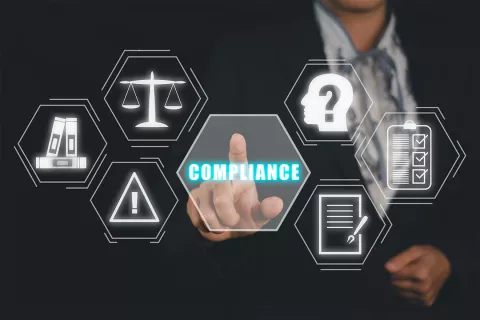
The safety and effectiveness of medical devices are of utmost importance, and continuous monitoring is essential to ensure successful regulation. Techno-vigilance serves as a vital system for identifying and evaluating adverse events related to medical devices.
In Mexico, techno-vigilance plays a critical role in safeguarding healthcare professionals, patients, manufacturers, and regulators. In this blog, we shall delve into the significance of techno-vigilance in Mexico, the Mexican Official Standard for Techno-vigilance (NOM-240-SSA-2012), techno-vigilance reporting responsibilities, and the timelines for reporting adverse incidents.
The Importance of Techno-vigilance in Mexico
Techno-vigilance ensures the safety, effectiveness, and proper functioning of medical devices in Mexico. The purpose of techno-vigilance is to guarantee that the medical devices that are available in the market work in the way indicated by the manufacturer. It is extremely important that there is a difference between the management of adverse incidents and incidents exclusively related to the quality system, where the product in the latter has not been in contact with patients, they keep their containers closed and the investigation reveals specific quality failures in the production process, and which are identified in the Quality Systems section as Complaints.
The Mexican Official Standard for Techno-vigilance
The Comisión Federal para la Protección contra Riesgos Sanitarios (COFEPRIS), or the Federal Commission for Protection against Health Risks Official Standard for Techno-vigilance (NOM-240-SSA-2012), provides guidelines for identifying and evaluating adverse events associated with medical devices. Under this standard, the Centro Nacional de Pharmacovigilancia (CNFV), or the National Centre for Pharmacovigilance must be notified of any adverse events by the device manufacturer and the registration holder. It is also mandatory to inform the CNFV about any measures taken to mitigate the risk of death or serious health deterioration, including recalls.
The Responsibility of Incident Reporting
The reporting of adverse incidents caused by the use or handling of medical devices is the responsibility of the sanitary registration holders; however, health professionals and patients can also submit this notification to the Health Authority (HA) or to the registration holder through their respective techno-vigilance units.
The Techno-vigilance Unit
This unit is responsible for the development and implementation of activities related to the safety surveillance of medical devices. It includes the public, social, and private sectors of the national health system.
Each registration holder must have a techno-vigilance unit and one (01) techno-vigilance responsible (it is also the responsibility of the unit). In fact, distributors, importers, marketers, and any person involved in the distribution chain should have a techno-vigilance unit and contribute to the activities of the sanitary registration holder.
Every five (05) years, the registration holder must submit a techno-vigilance report to COFEPRIS, with the results of the monitoring activities, notifications recollected during this period, correction activities, and management of each case reported, presented, etc. This report is a mandatory requirement for the renewal of the sanitary registration and must be signed by the techno-vigilance responsible unit.
Reporting Incident Timelines
The sanitary registration holder must report adverse incidents within specific timelines. For public health threats, reports must be submitted within two (02) business days. In cases of death or serious decline in health, reports must be submitted within ten (10) days. Other types of adverse incidents should be reported within thirty (30) days. Additionally, a techno-vigilance report must be submitted every five (05) years, even if no events have been reported during that period.
Incident Reporting Criteria
Incidents related to medical devices must be reported if they meet some specific criteria.
These include adverse incidents caused by device malfunctions, unforeseen incidents not identified during risk evaluations, inaccurate information provided in labels or manuals, interactions with other products/substances, false positives or negatives in diagnostic devices, and incidents resulting in patient mortality or significant health deterioration.
Exceptions to Incident Reporting
There are situations where incident reporting is not required, such as malfunctions detected before device usage, which carry no risk of patient death or significant health deterioration, incidents caused primarily by the patient’s condition, and incidents resulting from the use of expired devices.
Thus, timely techno-vigilance reporting is a vital component of Mexico’s techno-vigilance program that helps ensure the safety of medical devices. Compliance with the Mexican Official Standard for Techno-vigilance (NOM-240-SSA-2012) of medical devices and adherence to techno-vigilance reporting responsibilities are crucial for all stakeholders. Manufacturers, suppliers, and healthcare institutions should work collaboratively to uphold the highest standards of safety and efficacy for medical devices in Mexico, which will ultimately benefit patients and improve overall healthcare outcomes.
To gain further insights on the impact assessment of your device registrations or Regulatory services in Mexico and other Latin American (LATAM) countries, consult our Regulatory expert!









